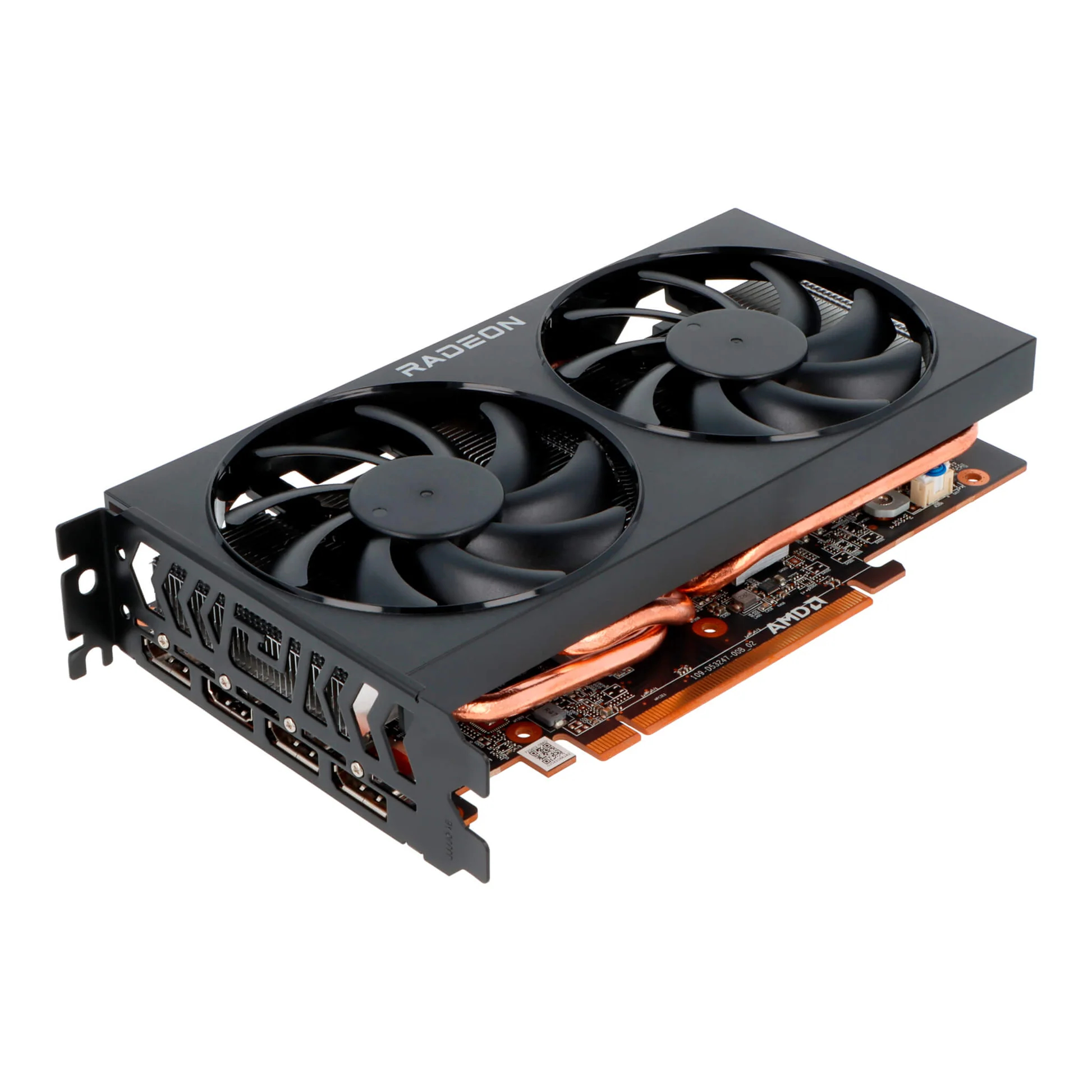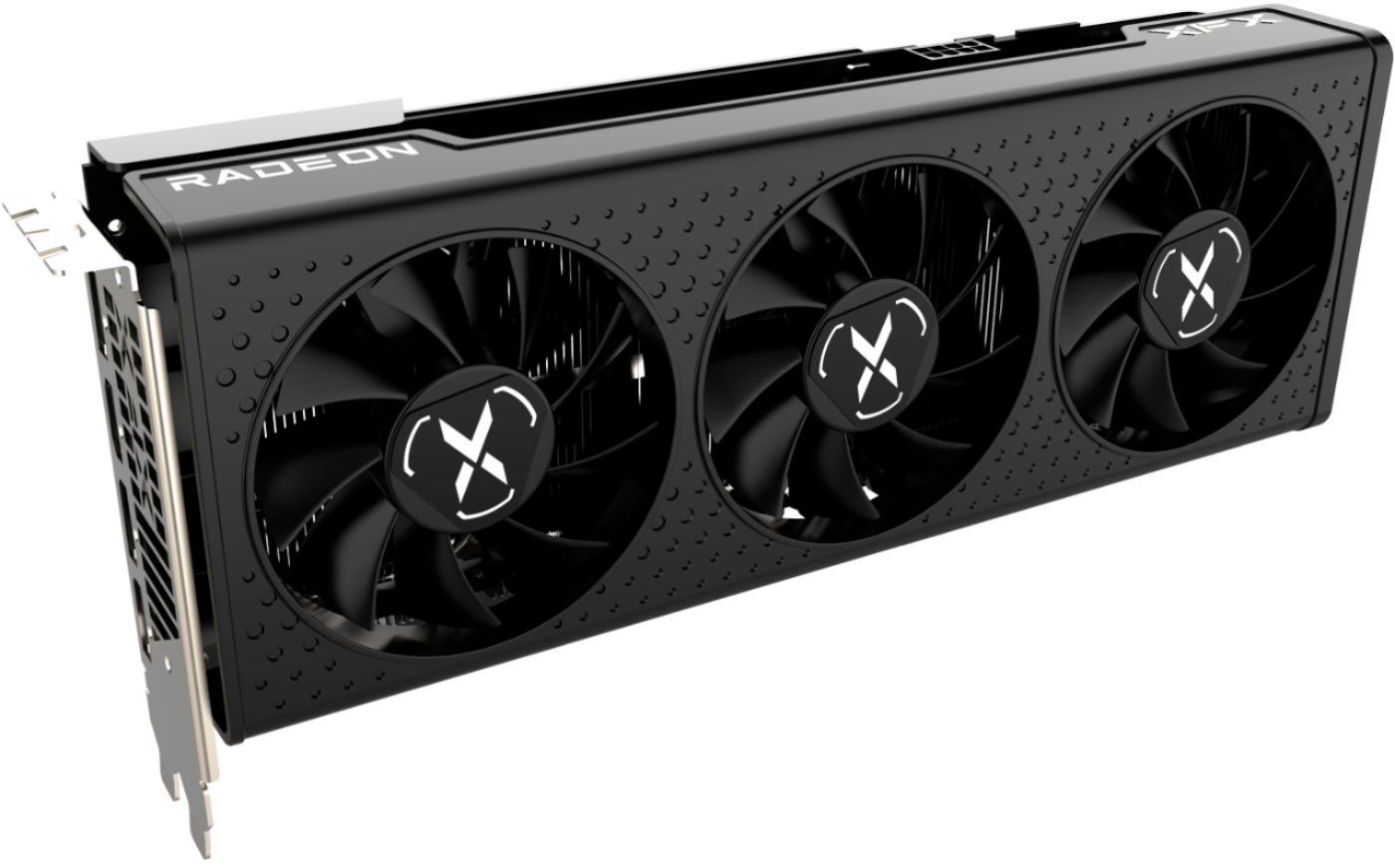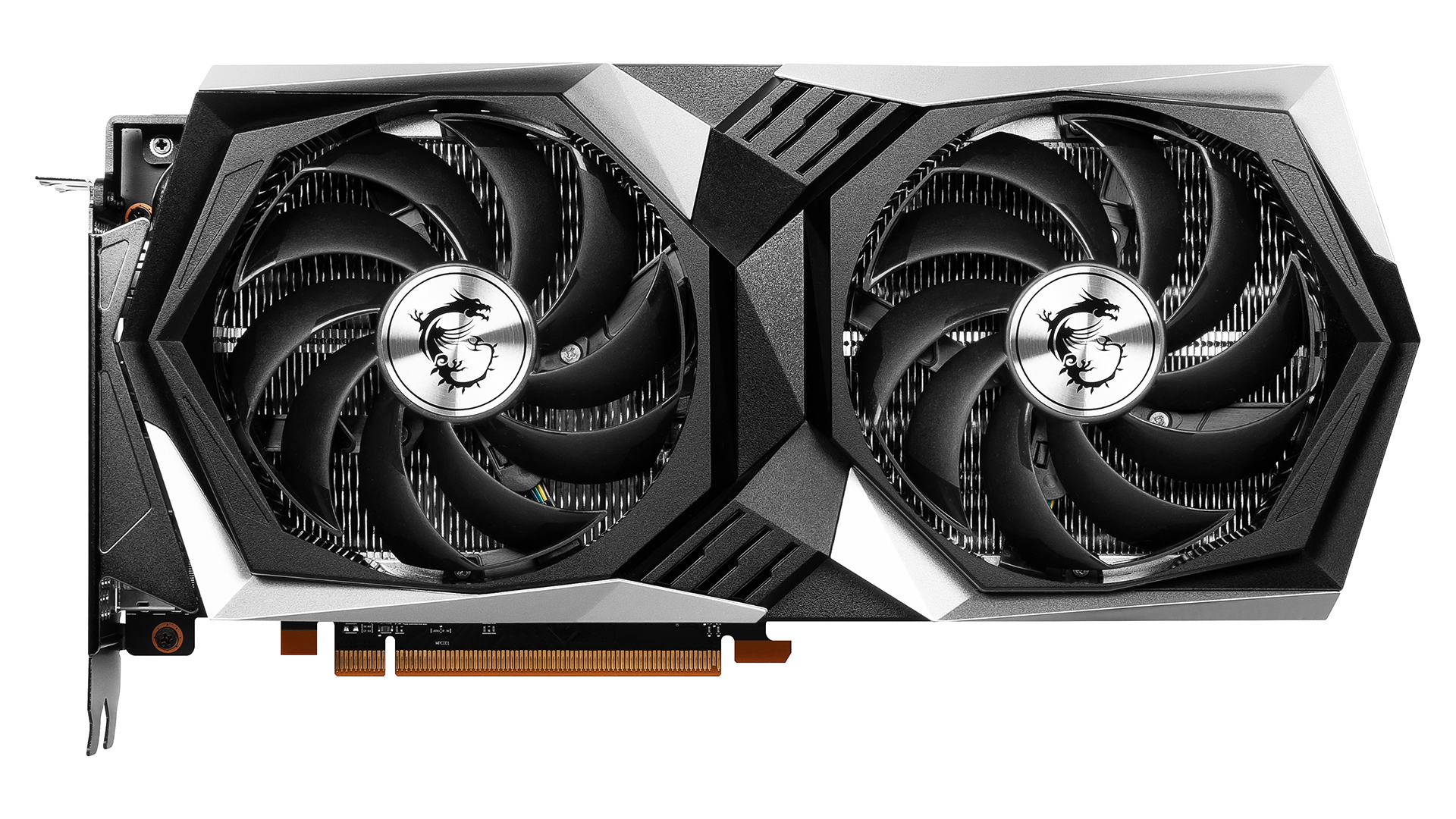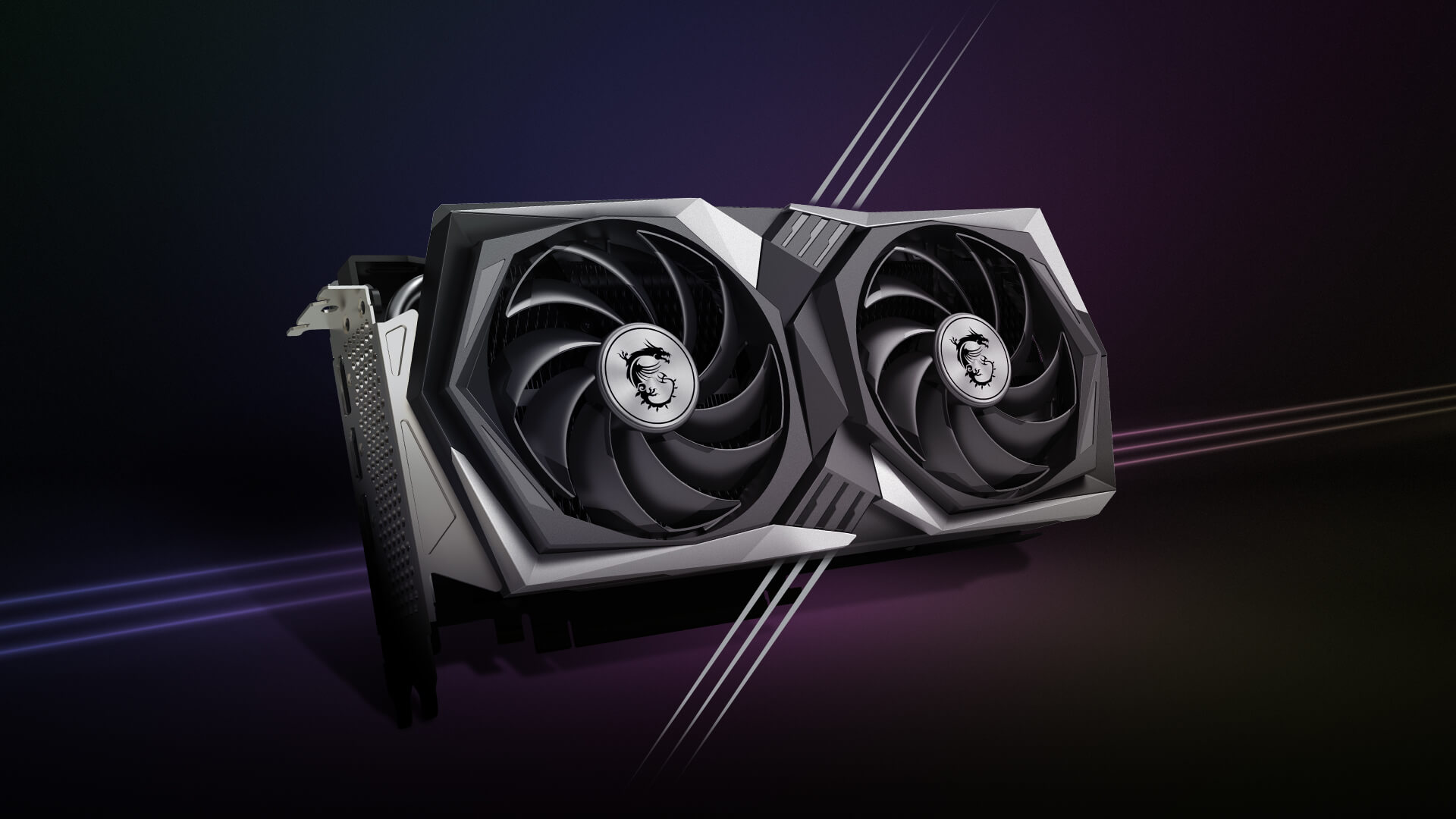The battle for mid-range GPU supremacy heats up with AMD’s RX 6600 XT and NVIDIA’s RTX 3060 vying for dominance. Both cards aim to offer exceptional 1080p gaming performance with the ability to stretch into 1440p territory. As potential buyers weigh their options, it’s essential to dissect the merits and drawbacks of each card. This article provides a head-to-head comparison, delving into gaming and work performance, technology and features, power efficiency, and overall value to help you make an informed decision.
Performance Showdown in Gaming
When it comes to gaming, both the RX 6600 XT and RTX 3060 promise a smooth experience, but they differ in how they handle certain games and settings.
Frame Rate and Resolution Battles
The RX 6600 XT often leads in raw frame rate performance, especially in games optimized for AMD hardware. It is well-suited for gamers focused on high frame rates at 1080p and can comfortably manage many games at 1440p. The RTX 3060, while slightly behind in sheer speed, boasts NVIDIA’s DLSS technology, allowing it to upscale lower resolutions and gain an edge in frame rates at higher settings or resolutions.
Game-Specific Performance Considerations
Performance can vary significantly from game to game. The RX 6600 XT shines in DirectX 12 and Vulkan titles, while the RTX 3060 can leverage driver optimizations and proprietary technologies like ray tracing to enhance visual fidelity in supported games.

Technology and Feature Comparison
Both cards come with unique features that enhance gaming and general use, separating them beyond just the raw specifications.
Cutting-Edge Technologies
The RTX 3060 includes NVIDIA’s suite of RTX technologies, including real-time ray tracing and DLSS. These features enable more immersive gaming experiences with realistic lighting and reflections and can significantly boost performance when AI upscaling is used. The RX 6600 XT counters with AMD’s FidelityFX suite and support for PCIe 4.0, providing a set of tools to improve image quality and future-proofing with faster data throughput.
Software Ecosystem and Support
NVIDIA’s GeForce Experience offers a user-friendly platform for driver updates, game optimization, and in-game recording. AMD’s Radeon Software is equally robust, giving users detailed control over their gaming settings and hardware monitoring to fine-tune performance.

Power Efficiency and System Compatibility
In systems where power draw and thermal design are concerns, efficiency becomes as crucial as performance.
Power Draw and Heat Output
The RX 6600 XT generally has a lower TDP and can run cooler than the RTX 3060, making it a solid choice for more compact or power-sensitive builds. This can be a determining factor for upgrading older PCs where the power supply unit (PSU) might not handle a more power-hungry card efficiently.
System Build Considerations
The RTX 3060, with its slightly higher power requirements, may need a beefier PSU, but it also offers more headroom for overclocking. Builders should ensure their system can accommodate the chosen card not just in power, but also in physical space, as dimensions can vary between different models.

Value for Money and Longevity
Both GPUs aim to deliver the best bang for your buck, but long-term considerations may sway your choice.
Immediate Cost vs. Long-Term Gaming Experience
The RX 6600 XT and RTX 3060 are closely matched in price, but sales and retailer offers can tip the scales. Considering the longevity of your investment, the RTX 3060’s DLSS and ray tracing capabilities might offer a more future-proof solution as more games begin to utilize these features.
Second-Hand Market and Resale Value
For those considering future upgrades, it’s worth thinking about the resale value. NVIDIA cards traditionally hold their value well due to brand recognition, but the RX 6600 XT’s strong performance could maintain its appeal in the second-hand market.

Harnessing the Full Potential of Each GPU
Exploring the full capabilities of the RX 6600 XT and RTX 3060 goes beyond gaming. For content creators, streamers, and those using GPU-accelerated applications, it’s crucial to examine how each card performs in these scenarios.
Content Creation and Streaming
The RTX 3060 benefits from NVIDIA’s NVENC encoder, which provides efficient video encoding for streamers and content creators, reducing the load on the CPU. The RX 6600 XT, while lacking a dedicated encoder like NVENC, still performs admirably in video rendering tasks, thanks to its raw compute power. Both cards handle creative software like Adobe Premiere Pro and DaVinci Resolve well, but the RTX 3060’s encoder gives it an edge in live streaming and recording gameplay.
Acceleration in Professional Workloads
In professional environments where 3D rendering and compute tasks are the norm, the RX 6600 XT and RTX 3060 offer significant acceleration over non-dedicated graphics solutions. The choice between the two may come down to specific application optimizations and whether software can leverage NVIDIA’s CUDA cores or AMD’s OpenCL and Vulkan support more effectively.

The Impact of External Factors
While the technical specifications and inherent features of each card are important, external factors such as market trends, availability, and the evolving landscape of gaming technology can also influence purchasing decisions.
Market Availability and Pricing Fluctuations
The global chip shortage has affected GPU availability and pricing, which can vary greatly from the manufacturer’s suggested retail price (MSRP). Availability issues may mean that gamers and professionals must choose based on what’s in stock at a reasonable price rather than waiting for the ideal card.
The Evolution of Gaming and Software
The gaming industry moves quickly, with new technologies and software updates rolling out regularly. The RTX 3060’s support for DLSS and ray tracing means it may benefit more from future game releases that implement these technologies. On the other hand, AMD’s focus on raw performance and PCIe 4.0 support with the RX 6600 XT ensures it can keep up with the demands of next-generation games and high-speed storage solutions.
Choosing the Best Fit for Your Needs
Deciding between the RX 6600 XT and RTX 3060 comes down to personal preference, system requirements, and intended use. For pure frame rates in today’s titles, especially at 1080p, the RX 6600 XT takes the lead. However, for those wanting to indulge in the latest graphical features like ray tracing and embrace AI-driven performance enhancements, the RTX 3060 presents a compelling case. Both cards offer excellent value, and the choice ultimately hinges on which features and capabilities align best with your gaming and productivity needs. Consider your priorities, whether it’s immediate performance, cutting-edge technology, power efficiency, or future-proofing, and select the GPU that best matches your unique criteria.


